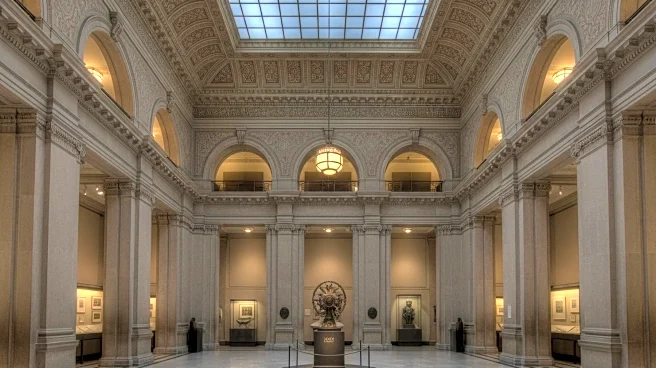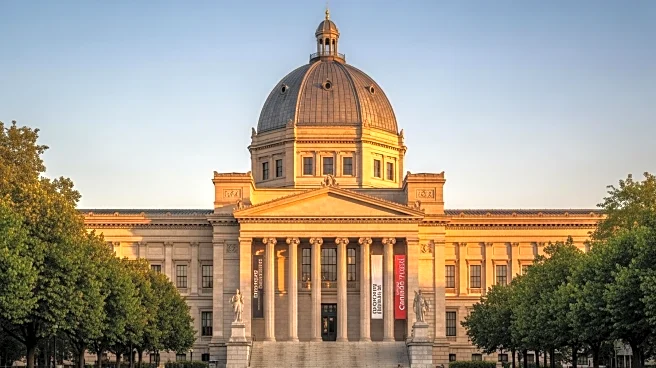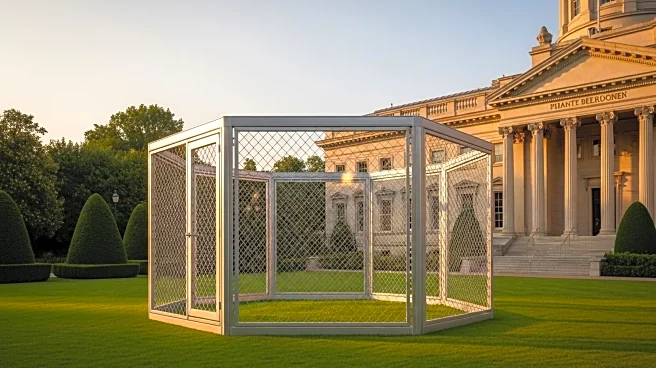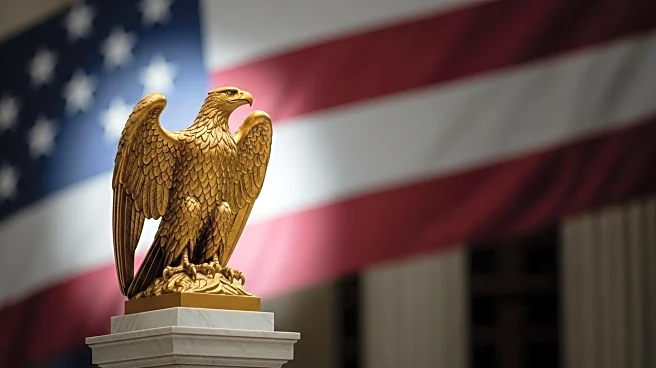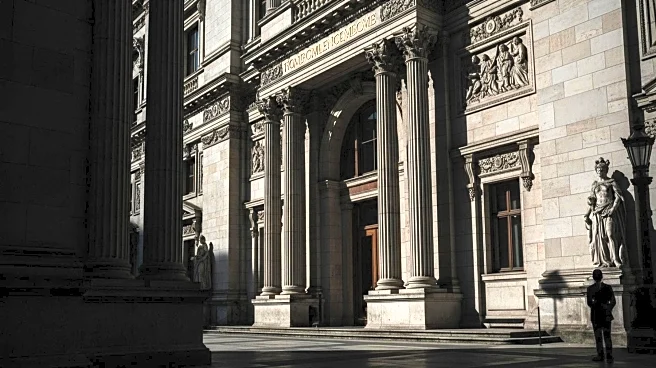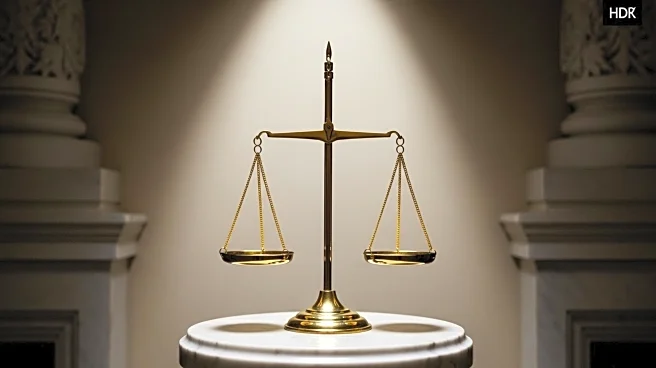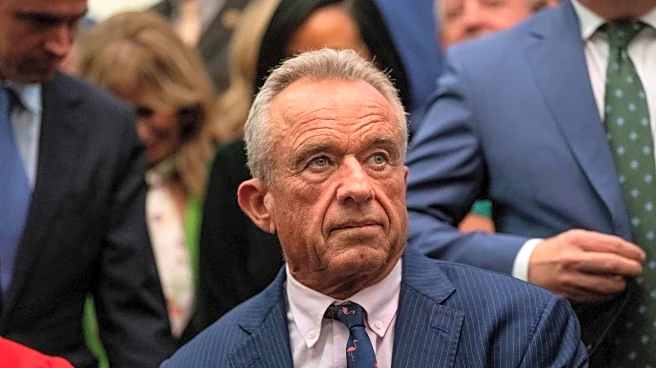What's Happening?
President Trump has intensified his efforts to influence the content of the Smithsonian Institution's exhibits, criticizing the focus on negative aspects of American history, such as slavery. This move follows a directive from the White House for a comprehensive review of the Smithsonian's public-facing content to align with the administration's agenda of celebrating American exceptionalism. The Smithsonian, established in the 1840s and governed by a Board of Regents led by Chief Justice John Roberts, is not an executive branch agency, raising questions about the administration's authority over its exhibits. The institution has reiterated its commitment to nonpartisan and unbiased presentations of history.
Why It's Important?
The review of the Smithsonian's exhibits could have significant implications for how American history is presented in public museums. Critics argue that the administration's push to alter historical narratives may lead to a whitewashing of history, potentially affecting educational content and public understanding of America's past. The Smithsonian's response to maintain its standards of unbiased historical presentation highlights the tension between political influence and cultural institutions' autonomy. This development could impact public trust in museums and their role in educating society about complex historical issues.
What's Next?
The Smithsonian is expected to continue its internal review process, balancing the administration's demands with its commitment to historical accuracy. The outcome of this review could set a precedent for how cultural institutions navigate political pressures. Stakeholders, including historians, educators, and the public, may engage in debates over the appropriate representation of history in national museums. The administration's actions may also prompt discussions about the governance and independence of federally funded cultural institutions.
